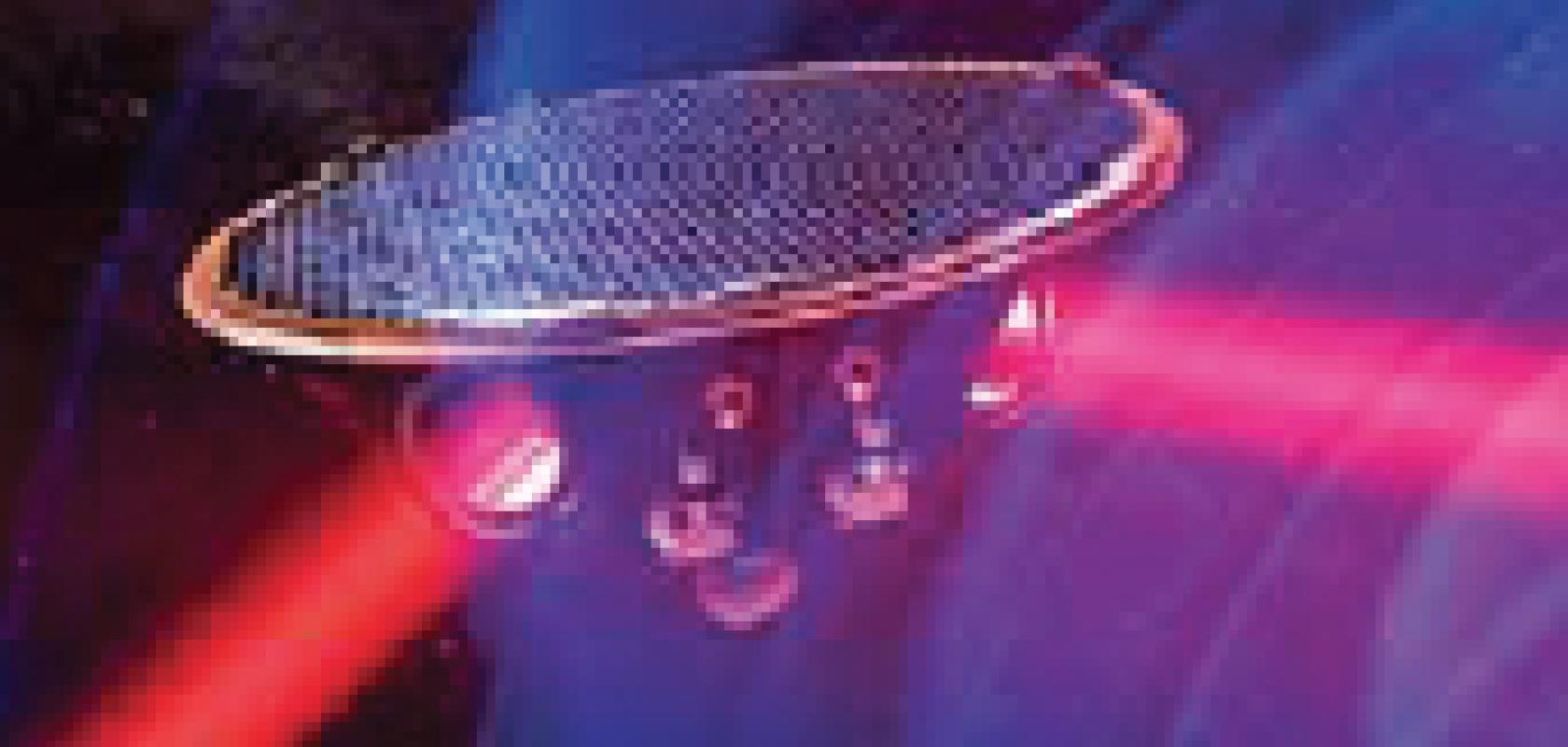In 2015, the European Space Agency (ESA) is scheduled to launch its LISA Pathfinder satellite, a precursor to the eLISA mission which will be the first observatory in space for investigating gravitational waves. Scientists at Laser Zentrum Hannover (LZH) have begun a three-year project to develop an engineering qualification model (EQM) of the fibre amplifier for eLISA, which will be able to send a laser beam between satellites positioned one million kilometres apart.
The LISA Pathfinder mission will test the measurement concept for detecting gravitational waves in space prior to eLISA, which has a planned launch date of 2034.
Gravitational waves are in some respects similar to sound waves. They are ripples in the fabric of space-time generated by some extremely powerful astrophysical events, such as exploding stars or colliding black holes. The waves travel at the speed of light and are unhindered by mass. Being able to measure these waves will give astronomers a deeper understanding of events like the formation of black holes and galaxies, as well as providing measureable data to test the predictions of Einstein’s theory of general relativity.
In order to measure gravitational waves eLISA will operate basically as a high-precision Michelson interferometer with an arm length of one million kilometres. The mission will consist of one ‘mother’ and two ‘daughter’ spacecrafts positioned in a triangle. The central mother satellite will fire two lasers, the light of which is back-reflected from the daughter satellites. The differences in the phase of the returning light can be used to calculate distance changes in space on the subatomic scale. Gravitational radiation will be measured at frequencies from around 0.1mHz to 1Hz.
The fibre amplifier being designed at LZH, on the face of it, is reasonably simple to engineer, according to Dr Peter Weßels, head of the single-frequency lasers group at LZH. The scientists have to assume a seed source of around 50mW and amplify it to around 1.2W of output power, which isn’t very much. ‘If I had to build this in the lab with just any components I would be finished by the end of the day,’ commented Dr Weßels. ‘Just to amplify 50mW to 1.2W is easy to do.’
There are other components involved, including optical shutters and modulators, etc, that will have a power loss, and there will be some losses on the other side as well, meaning that, in practice, the system might start with 5mW amplified to 5W of power. This is still not that difficult in terms of the optical amplification, said Dr Weßels, but it means the scientists have to think a bit more about the amplifier design.
‘The problem is that everything has to be space qualified,’ Dr Weßels stated. This means there are certain requirements concerning the radiation hardness of components, for example, in that they have to withstand cosmic radiation.
Dr Weßels said that sourcing the components is difficult, because many commercial providers don’t give specifications needed for space-qualification of their components, such as radiation hardness, sensitivity or vibration, or outgassing.
Outgassing is the evaporation of a material placed in vacuum. The problem is not that it evaporates, but that it could condense on an optical surface, thereby degrading the component. ‘These components must not lose any mass in vacuum,’ Dr Weßels noted. The aim is to minimise the total number of components in the amplifier design, as the company heading the project, LusoSpace, has to specify or make compliant all these optical and mechanical parts.
‘We have to try to restrict ourselves to not use too many different components,’ commented Dr Weßels. ‘If, for example, you use two or three different pump diode types rather than just one, then LusoSpace would have to qualify all three of these separately. The same applies to using different types of fibre.’
A fibre amplifier is one of the easiest solutions that can be engineered, which is why it is preferred for this project. Some of the problems might be simpler to solve with solid-state amplifier technology – there are radiation hard crystals, for example, Dr Weßels noted – but, on the other hand, fibre amplifiers are very efficient, and in terms of final power budget calculations fibre amplifiers might be better.
Another advantage of fibre amplifiers is that they also have a better beam quality, important when sending a laser beam over 1m km. At these distances the laser must be a very pure Gaussian beam to minimise divergence and ensure enough light is back-reflected to take a reading.
Apart from LZH and the project head LusoSpace, the Fundação Faculdade de Ciências da Universidade de Lisboa, Portugal, and the Czech Space Research Centre, Czech Republic, are also involved in developing the EQM of the eLISA laser system.
The project started in February 2014. ‘We’re working on design tradeoffs at the moment to decide on the most promising design of the amplifier,’ Dr Weßels said. ‘The next step would be to do some lab tests of the most promising amplifier geometry.’


